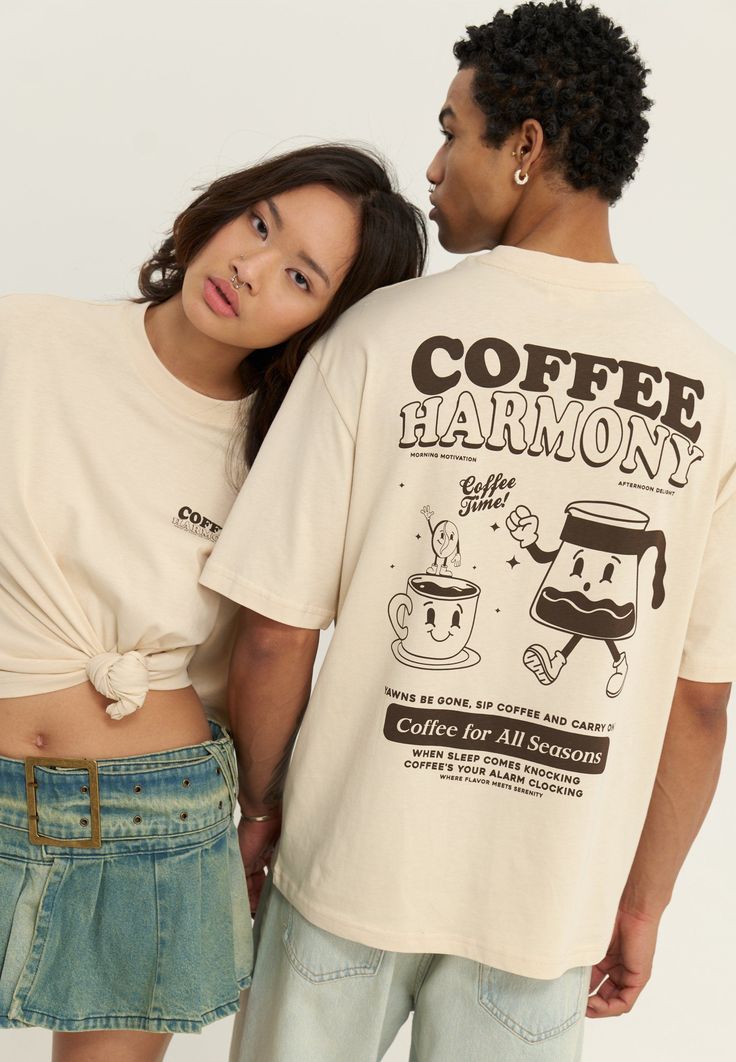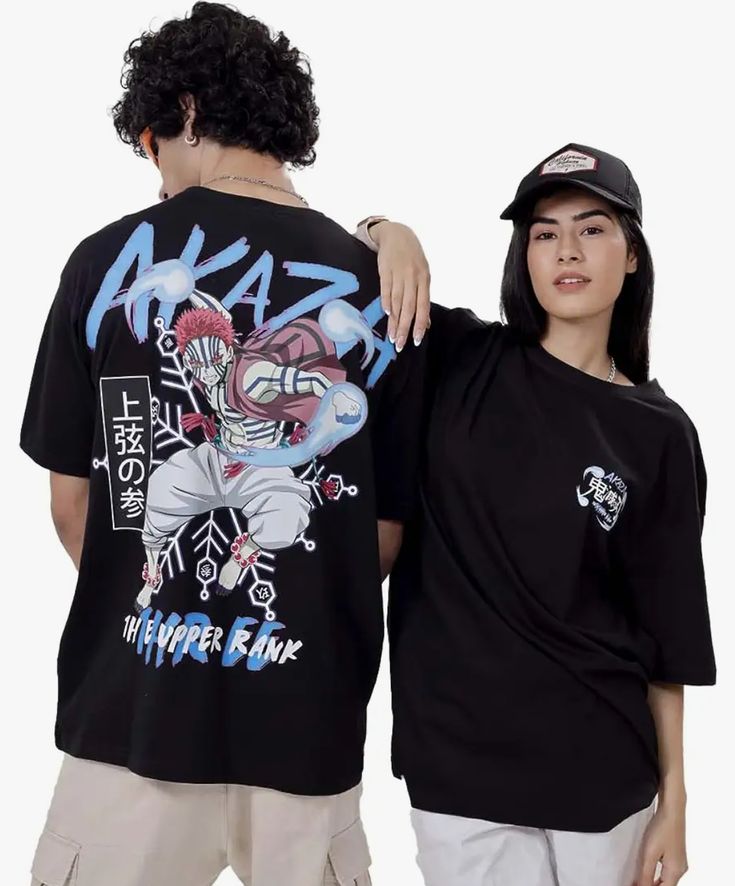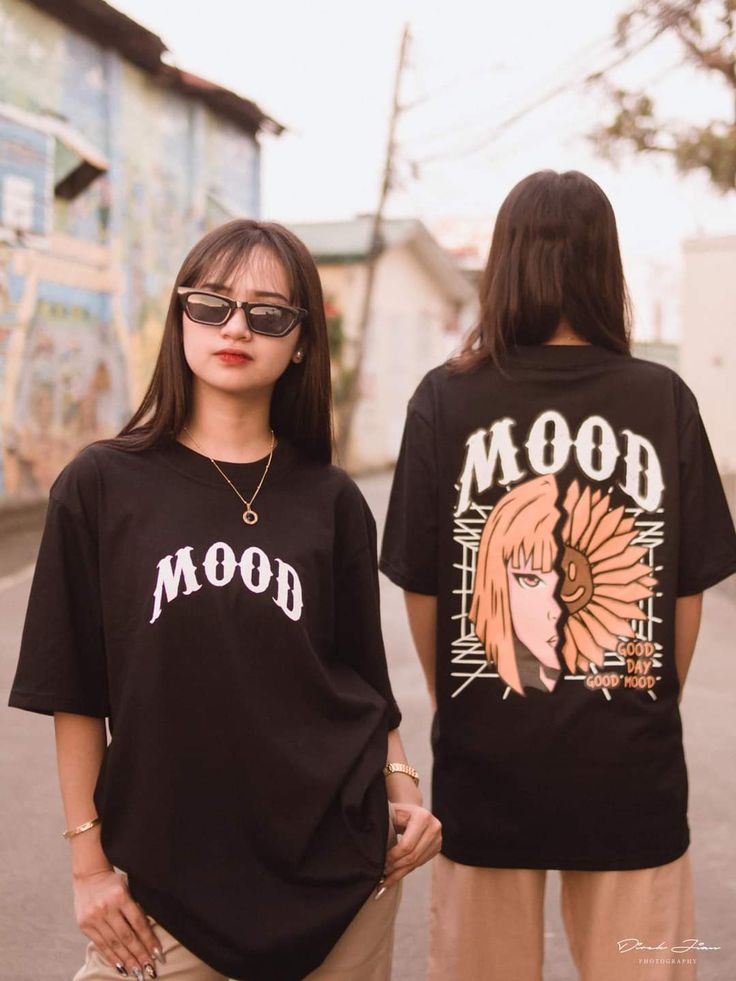Threads of TomoIntroduction
The world of fashion is shifting before our eyes. What once was defined by the rhythm of seasonal collections, fabric trends, and fleeting aesthetics has now evolved into something far deeper—a living dialogue between identity, innovation, and sustainability. The garments we choose to wear are no longer just reflections of taste; they are symbols of progress, statements of intent, and extensions of the self in an era where technology and creativity coexist like never before.
In this new age of style, fashion is not merely an external adornment—it is an ecosystem that connects human experience, digital transformation, and environmental consciousness. Designers are no longer confined to sketchbooks and sewing machines. They are architects of the future, weaving threads made of data, science, and imagination. From AI-assisted pattern design to biodegradable textiles, every seam tells a story of evolution.
“Threads of Tomorrow” is not just a metaphor—it’s a movement. It’s the way we think about the garments of the future: intelligent, purposeful, expressive, and responsible. The old fashion system, built on exclusivity and excess, is unraveling, giving way to a new philosophy centered around inclusivity, individuality, and innovation.
This transformation is not happening overnight. It is the result of countless creative minds daring to challenge what clothing means and what it could become. The runway now extends beyond catwalks—it lives in virtual spaces, in the metaverse, and within every digital community that embraces the fusion of culture and code. As we step into this brave new world, we must ask ourselves: how are the threads of tomorrow being woven, and what kind of style will define the next era of humanity?
The Digital Revolution of Fashion
The intersection between fashion and technology has become one of the most transformative forces shaping the future of style. Digital design tools, artificial intelligence, and virtual reality have redefined how designers conceptualize and present their work. Instead of traditional fabric draping, creators now experiment with 3D modeling, digital fitting rooms, and AI-generated silhouettes. The result is a new kind of craftsmanship—one that balances artistic intuition with computational precision.
In the age of digitization, fashion is no longer bound by physical limitations. Designers can experiment endlessly without wasting material, allowing for more sustainable innovation. Virtual fashion houses are emerging, offering digital-only clothing for avatars, influencers, and gamers who express their individuality through pixels rather than fabric. These virtual collections are not only visually stunning but also environmentally conscious, as they eliminate the need for manufacturing and shipping.
The digital runway has become a playground for imagination. Fashion weeks now take place in virtual environments where spectators can interact, explore, and even purchase digital outfits as NFTs. This democratizes fashion—no longer limited to exclusive front-row audiences but open to anyone with an internet connection. It’s a reinvention of what it means to “attend” a show, transforming fashion into an immersive experience rather than a passive spectacle.
Yet, this transformation is not without its challenges. The digital fashion industry must navigate complex questions of ownership, authenticity, and ethics. As AI-generated designs flood the market, the concept of originality becomes blurred. Who owns a design created by an algorithm trained on millions of human-made garments? How do we ensure credit and compensation for the creative minds behind the data? These are the philosophical dilemmas shaping the ethics of tomorrow’s style.
Sustainable Futures and Conscious Creation
The future of style cannot be discussed without addressing sustainability. Fashion has long been one of the most resource-intensive industries, responsible for vast amounts of waste, pollution, and unethical labor practices. The new age of style seeks to reverse that narrative through conscious design, circular production, and responsible consumption.
Brands today are redefining what luxury means. No longer about excess, luxury now embodies transparency, longevity, and mindfulness. Materials like organic cotton, hemp, bamboo, and recycled polyester have replaced synthetics that harm the planet. More importantly, designers are focusing on circularity—creating garments that can be reused, repaired, or repurposed rather than discarded.
Technology plays a critical role here as well. Blockchain is being integrated into fashion supply chains to verify the authenticity and sustainability of materials. This digital ledger ensures traceability—from raw fiber to finished garment—empowering consumers to make informed decisions. Meanwhile, innovations in biofabrication are giving rise to lab-grown leather, mycelium textiles, and even fabrics made from algae, redefining what it means to be stylish and sustainable.
The rise of slow fashion is another key pillar in this movement. Consumers are beginning to shift from impulsive purchasing to intentional investing—choosing fewer, higher-quality pieces that stand the test of time. It’s not about buying less for the sake of restraint; it’s about cultivating a wardrobe that reflects values, not trends.
In this new age, sustainability is not just an option—it’s a necessity. It’s a thread that runs through every layer of modern fashion, binding creativity with responsibility. The future belongs to those who design with purpose and wear with awareness.
The Rise of Personalization and Identity
Fashion has always been about self-expression, but the threads of tomorrow are weaving identity into every fiber. In the past, style was often dictated by runways and magazines. Today, it’s shaped by algorithms, communities, and individual creativity. Personalization is no longer a luxury—it’s an expectation.
With advancements in AI and data analytics, brands can now tailor their offerings to individual preferences. Virtual try-ons, body scanning, and custom-made garments are becoming the norm, giving consumers unprecedented control over what they wear. Clothing is transforming from a mass-produced product into a personal experience.
Beyond customization lies the realm of emotional design—fashion that resonates with who we are and how we feel. Smart textiles can now adapt to body temperature, mood, and environment, creating garments that interact with the wearer. This emotional connection turns fashion into a living dialogue between fabric and flesh, between technology and humanity.
Cultural representation also plays a vital role in shaping identity-driven fashion. The industry is embracing inclusivity more than ever—celebrating diversity in size, skin tone, gender expression, and heritage. Globalization has allowed styles from different cultures to coexist and inspire one another, creating a tapestry of aesthetics that reflects our interconnected world.
In this era, personal style is not about imitation but innovation. Every outfit is a narrative, every accessory a declaration of selfhood. The future of fashion is deeply personal, because the most powerful trend of all is authenticity.rrow: The New Age of Style



